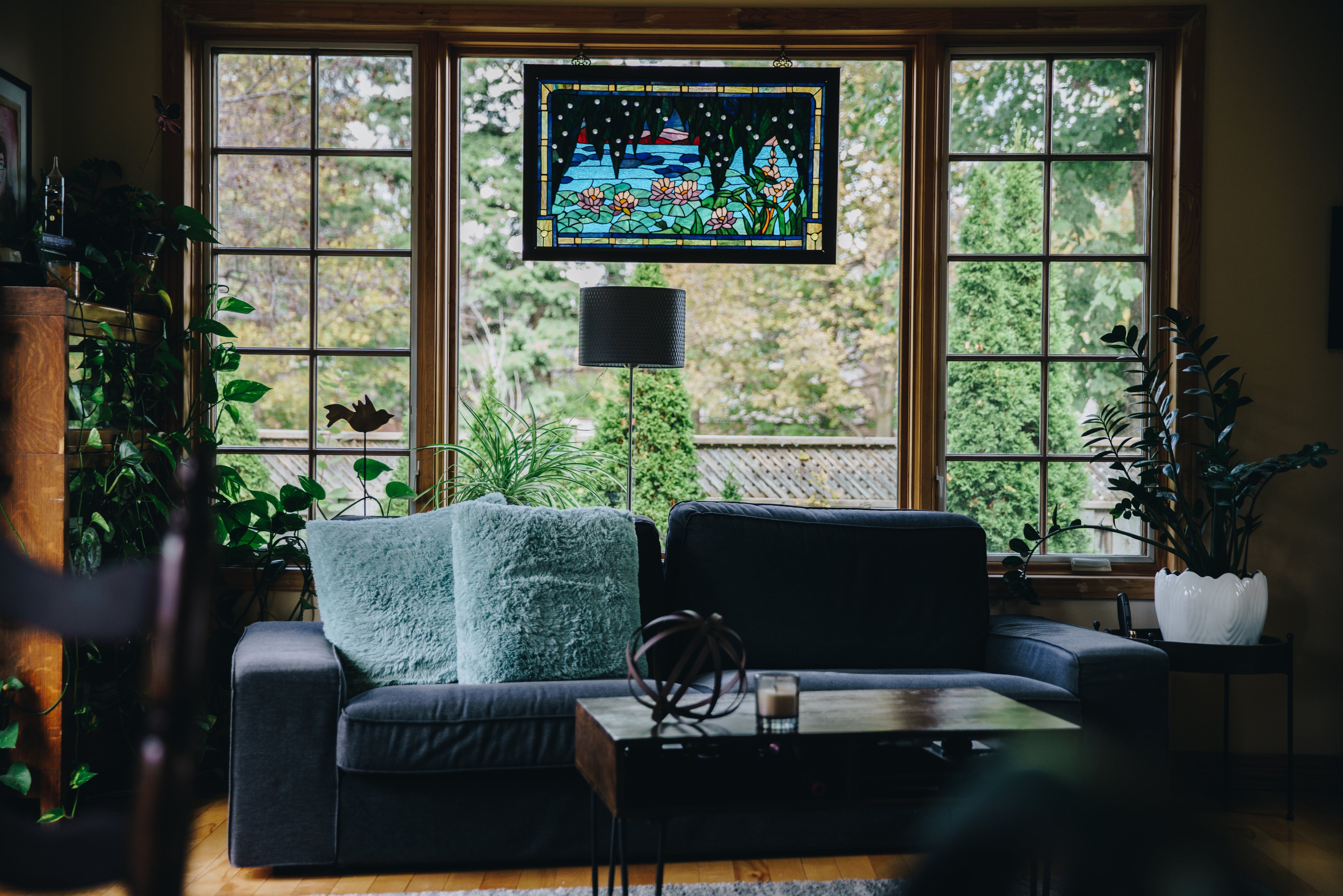In the realm of interior design, the fusion of vintage furniture with modern spaces has emerged as a captivating trend. This eclectic blend not only adds character and charm to contemporary interiors but also creates a unique and personalized aesthetic. Here's a guide on how to seamlessly incorporate vintage furniture into your modern home.
1. **Understand the Appeal of Vintage**
Vintage furniture carries with it a sense of history and craftsmanship that modern pieces often lack. Each item has a story, a connection to the past, and a level of detail that can elevate the overall design of a room. By mixing these pieces with modern elements, you can create a space that feels both timeless and fresh.
2. **Start with a Statement Piece**
A great way to introduce vintage furniture into a modern space is by starting with a statement piece. This could be an antique armchair, a mid-century modern coffee table, or a retro credenza. Place this item in a prominent location to draw attention and set the tone for the room.
3. **Mix and Match Styles**
Don't be afraid to mix different styles and eras. The key to a cohesive look is balance. Pair a vintage dining table with sleek, contemporary chairs, or place a modern sofa alongside a classic Victorian side table. The contrast between old and new can create a dynamic and visually interesting space.
4. **Consider the Color Palette**
When blending vintage and modern pieces, consider the color palette of your room. Neutral tones often provide a harmonious backdrop for both styles. If your modern space features a lot of whites, grays, and blacks, a vintage piece in a rich wood tone or a vibrant color can add warmth and depth.
5. **Focus on Quality**
Quality is paramount when selecting vintage furniture. Look for well-crafted pieces that have stood the test of time. Not only will they add authenticity to your space, but they will also be durable and long-lasting. Pay attention to the condition of the furniture and consider any necessary restoration to ensure it complements your modern decor.
6. **Incorporate Accessories**
Accessories can help tie together vintage and modern elements. Think about adding vintage rugs, lighting, or artwork to your space. These smaller touches can echo the style and era of your larger vintage pieces and create a cohesive look.
7. **Use Vintage Furniture Functionally**
Vintage furniture doesn’t just have to be decorative; it can be functional too. A vintage sideboard can serve as a chic storage solution, while an antique desk can be a stylish workspace. Integrating these pieces into your daily life can make your home feel both lived-in and sophisticated.
8. **Create Contrast with Textures**
Combining different textures can enhance the contrast between vintage and modern styles. A modern, glass-topped coffee table can look stunning next to a plush, vintage velvet sofa. Similarly, sleek metal accents can balance the rustic charm of aged wood.
9. **Personalize Your Space**
Ultimately, the best interiors are those that reflect your personal taste and style. Incorporating vintage furniture allows you to infuse your space with individuality. Don’t be afraid to experiment and let your personality shine through.
10. **Seek Inspiration**
Inspiration for blending vintage and modern styles can come from various sources. Look at interior design magazines, online platforms like Pinterest and Instagram, and even visit antique stores and flea markets. Seeing how others have successfully merged these styles can spark your creativity.
Conclusion
Incorporating vintage furniture into modern spaces is a rewarding design approach that results in a unique and inviting home. By thoughtfully selecting pieces, balancing different styles, and focusing on quality, you can create a space that is both stylish and timeless. Embrace the charm of the past while enjoying the comforts of the present, and watch your home transform into a beautifully curated sanctuary.


